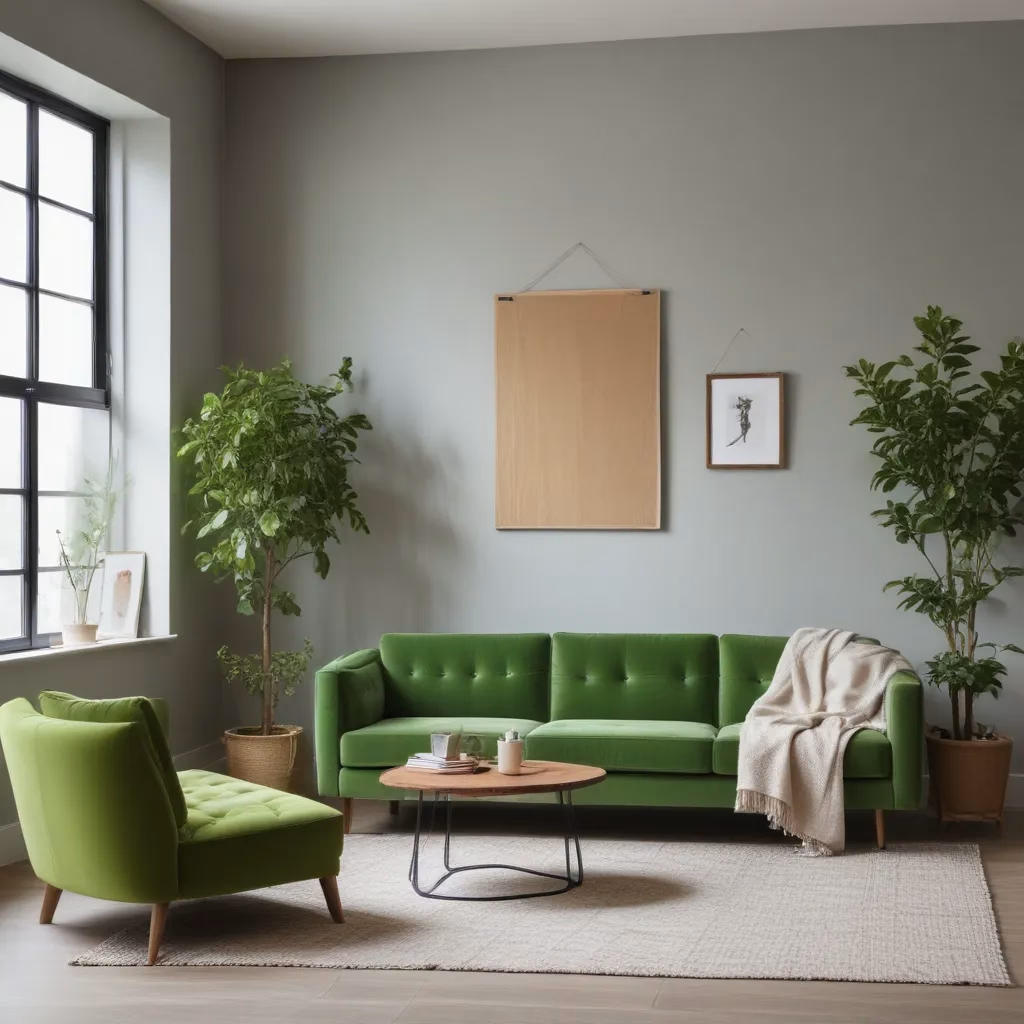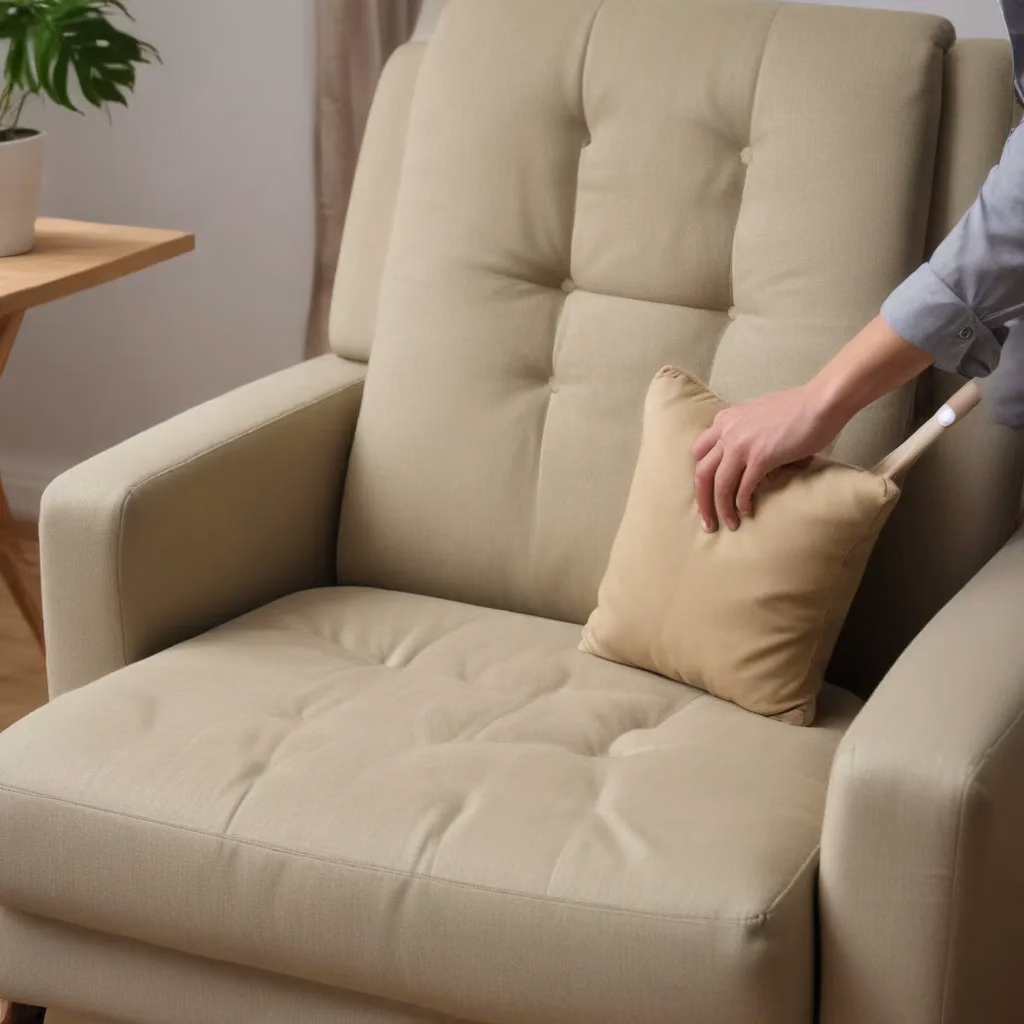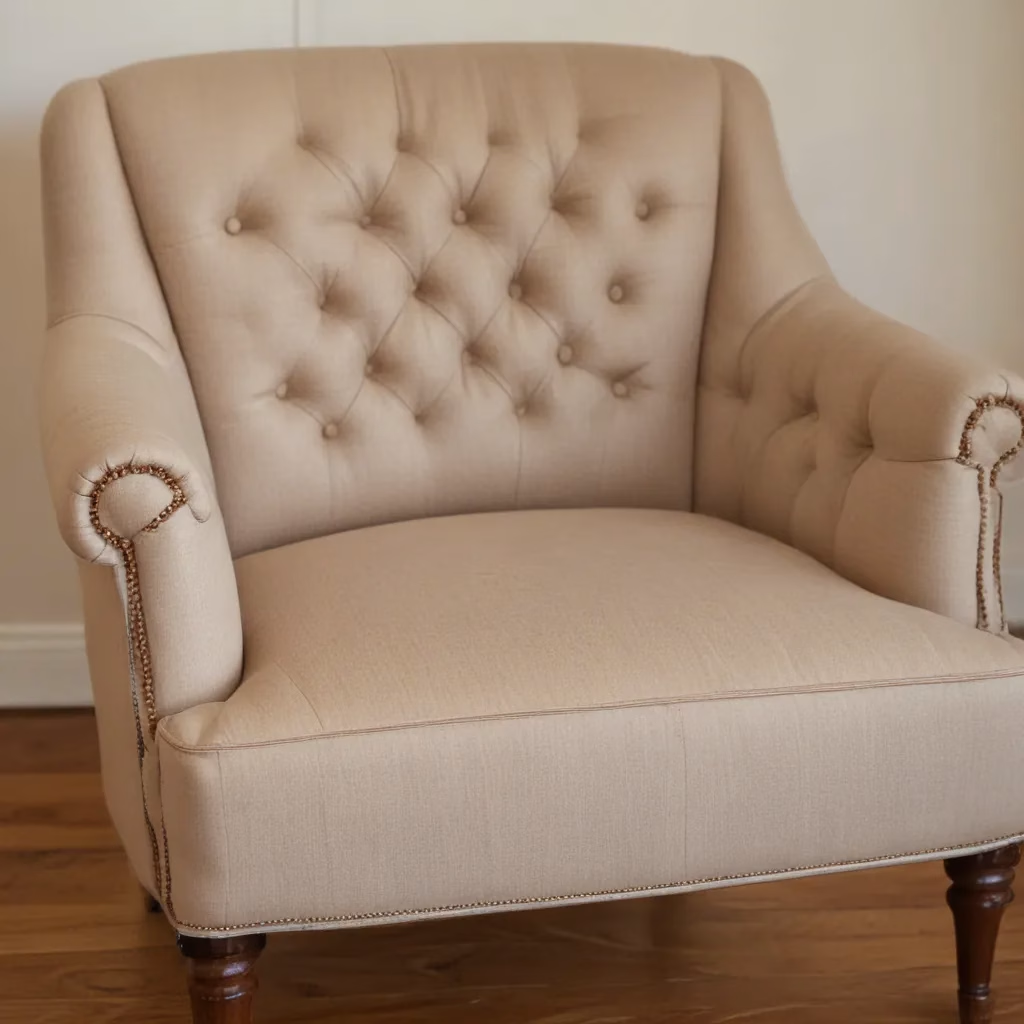
Furniture Investments for a Greener Future: A Sustainable Buying Guide
The furniture industry has long been a significant contributor to environmental degradation, from the deforestation caused by unsustainable logging practices to the waste and pollution generated during production and disposal. However, the tide is turning as more consumers prioritize sustainability and demand eco-friendly furnishings. As an experienced furniture consultant and interior design writer, I’m excited to share my insights on making sustainable furniture investments that can transform your living spaces while contributing to a greener future.
Now, this might seem counterintuitive…
Fabric and Upholstery Selection
The materials used in furniture production are a crucial consideration when it comes to sustainability. Traditionally, many furniture pieces have relied on synthetic fabrics, toxic finishes, and non-renewable resources, but the landscape is shifting as eco-friendly alternatives emerge.
Eco-friendly Upholstery Materials: Look for natural, biodegradable fabrics like organic cotton, linen, hemp, wool, and even recycled textiles. These materials not only reduce the environmental impact of furniture production but also offer superior breathability, durability, and hypoallergenic properties. Avoid synthetic options like polyester, which are derived from fossil fuels and can release harmful microplastics.
Textile Durability and Longevity: When selecting upholstery, prioritize high-quality, long-lasting fabrics that can withstand years of use. This may mean spending a bit more upfront, but it will pay dividends in the long run by reducing the need for frequent replacements. Tightly woven fabrics, stain-resistant finishes, and reinforced stitching are all hallmarks of durable, sustainable upholstery.
Colour and Pattern Considerations: While trendy patterns and vibrant hues can be tempting, opt for timeless, neutral colour palettes that will complement a variety of decor styles. This approach not only aligns with the principles of sustainable design but also ensures your furniture investments will remain stylish and relevant for years to come.
Living Room Layout Tips
The arrangement and layout of your living room furniture can greatly impact the overall aesthetic, functionality, and energy efficiency of the space. Here are some tips to consider when planning your sustainable living room layout.
Space Planning for Functionality: Begin by evaluating the room’s dimensions and traffic flow, ensuring that your furniture arrangement promotes ease of movement and accessibility. Modular or sectional sofas can be particularly versatile, allowing you to customize the layout to suit your changing needs.
Furniture Arrangement Principles: When positioning your sustainable furniture, aim for a balanced, symmetrical layout that creates a sense of visual harmony. Group conversation-friendly seating areas, and consider double-duty pieces like ottomans that can serve as both storage and additional seating.
Lighting and Ambiance: Maximize natural light by strategically placing light-reflecting furniture and arranging seating to take advantage of windows. Supplement with energy-efficient LED lighting that can be dimmed to create a cozy, inviting atmosphere.
Sofa Buying Guide
As the cornerstone of any living room, the sofa deserves special attention when it comes to sustainable furniture investments. From construction quality to maintenance and longevity, there are several key factors to consider.
Sofa Construction and Quality: Evaluate the frame and foundation for sturdiness, paying close attention to the materials used. Hardwood or engineered wood frames are generally more durable than softer woods or metal. double-check that the cushions provide ample support and comfort, opting for sustainable fillings like memory foam or natural latex.
Sofa Care and Maintenance: Investing in a sofa that is easy to clean and maintain can significantly extend its lifespan. Look for removable, washable slipcovers or upholstery that can be spot-cleaned or professionally serviced. Familiarize yourself with proper fabric protection and stain removal techniques to keep your sustainable sofa looking its best.
Customization Options: Many sustainable furniture brands offer made-to-order or custom sofa options, allowing you to select the perfect size, shape, and upholstery to suit your space. This level of personalization not only ensures a perfect fit but also reduces waste by eliminating the need for mass-produced, one-size-fits-all solutions.
Accessorizing the Living Space
Once you’ve selected your sustainable sofa and laid the foundation for your living room, it’s time to turn your attention to the complementary furnishings and décor that can elevate the space.
Complementary Décor Elements: Pair your sofa with accent chairs, side tables, and ottomans that reflect the same eco-friendly values. Look for pieces crafted from reclaimed wood, recycled metals, or other sustainable materials. Textiles like throw pillows, area rugs, and curtains can also introduce pops of colour and pattern while contributing to the overall sustainable aesthetic.
Styling for Comfort and Aesthetics: When arranging your living room décor, focus on creating a harmonious balance between form and function. Layer textures and mix patterns to add visual interest, but be mindful of not overwhelming the space. Personalize the area with wall art, houseplants, and other decorative accessories that speak to your style and values.
Responsible Furniture Purchasing
Ultimately, making sustainable furniture investments is about more than just the materials and design – it’s about supporting responsible, eco-friendly business practices throughout the entire supply chain.
Sustainable Sourcing Practices: When researching furniture brands, look for those that prioritize ethical manufacturing, energy-efficient production, and waste reduction initiatives. Opt for FSC-certified wood and other materials sourced from renewable, responsibly managed resources.
Investing in Timeless Design: While the allure of trendy, fast furniture is strong, resist the temptation in favour of classic, timeless silhouettes that will stand the test of time. Not only does this align with sustainable principles, but it also ensures your furniture investments will remain relevant and versatile for years to come.
Resale and Repurposing: When the time comes to update your living space, consider the resale value of your sustainable furniture or explore repurposing opportunities. This circular economy approach helps to reduce waste and extends the life cycle of your furniture investments.
As you embark on your journey towards a more sustainable home, remember that every furniture purchase is an opportunity to make a positive impact. By thoughtfully selecting eco-friendly materials, prioritizing quality and longevity, and supporting responsible business practices, you can transform your living spaces while contributing to a greener future. Happy sustainable furnishing!
Example: Limited-Edition Velvet Sofa Collection 2025



